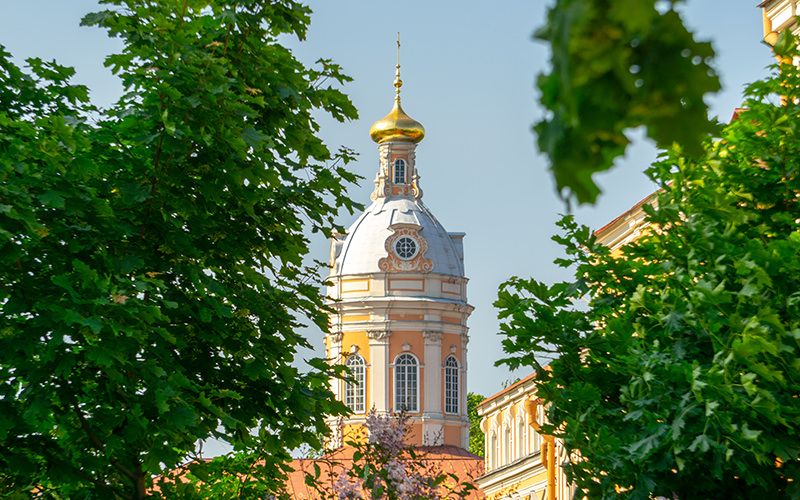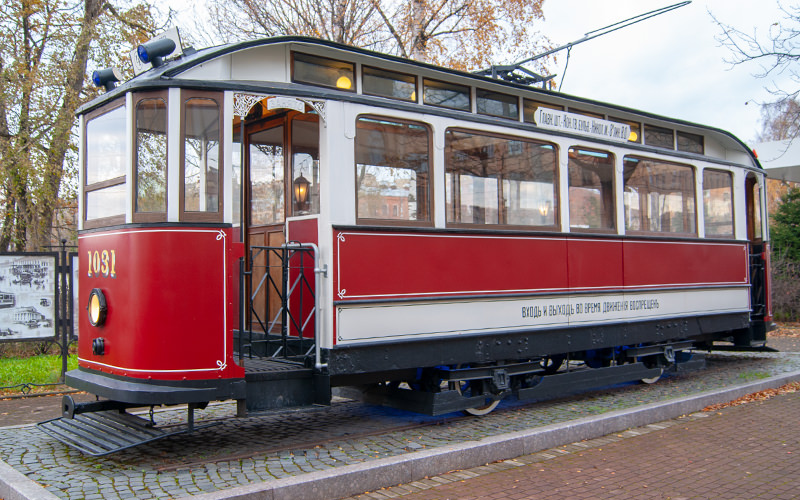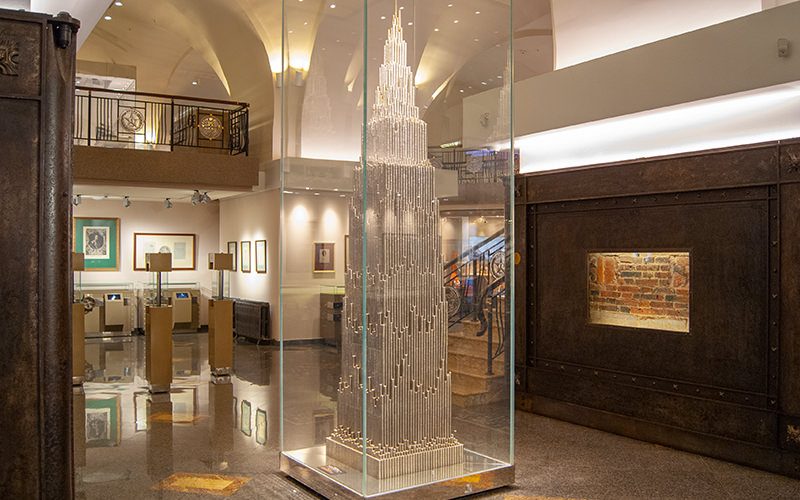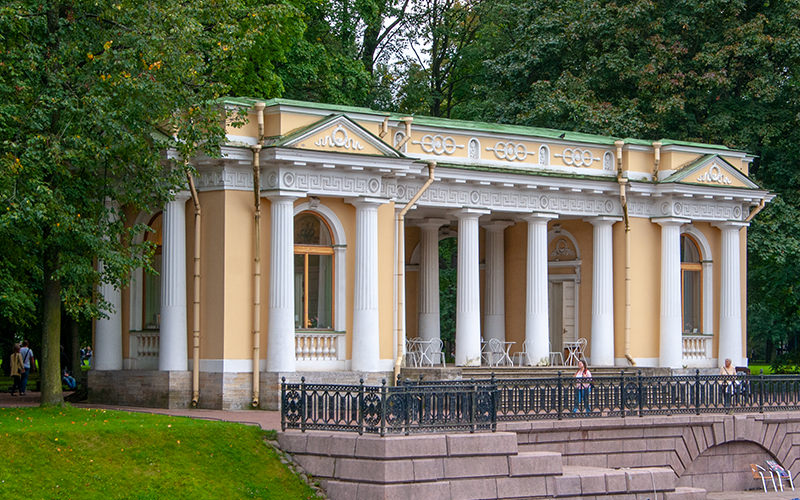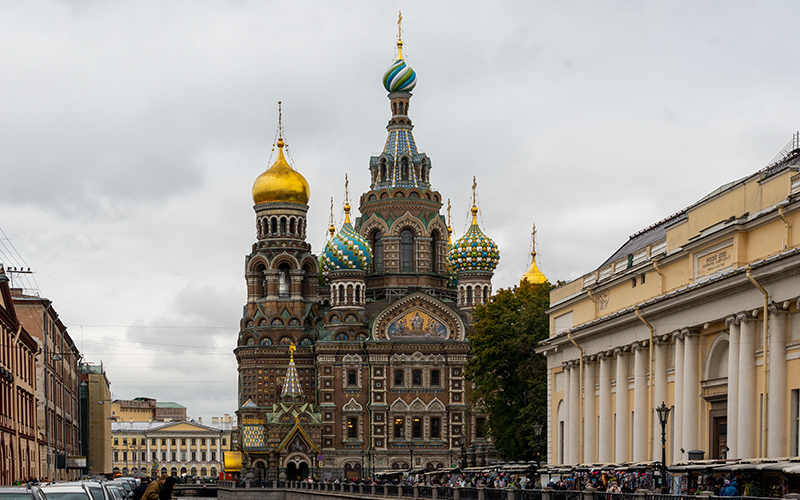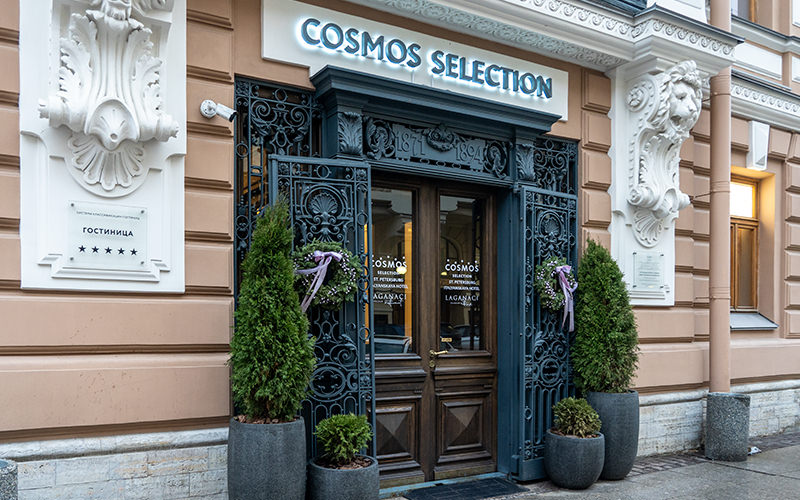The State Russian Museum in St. Petersburg is one of the largest museums in Russia and the world, housing the largest collection of Russian art from the 10th to the 21st century. At present, the museum's collection exceeds 400,000 art objects.
The Russian Museum first opened its doors to visitors on March 19 (7), 1898. Since then, the museum has actively developed and expanded its collections. Currently, the main part of the exhibition is housed in the Mikhailovsky Palace and the Benois Wing. In addition to these, the museum includes the Stroganov Palace, Marble Palace, Mikhailovsky Castle, Mikhailovsky Garden, Summer Palace of Peter I, Summer Garden, and the Peter the Great's Cottage.
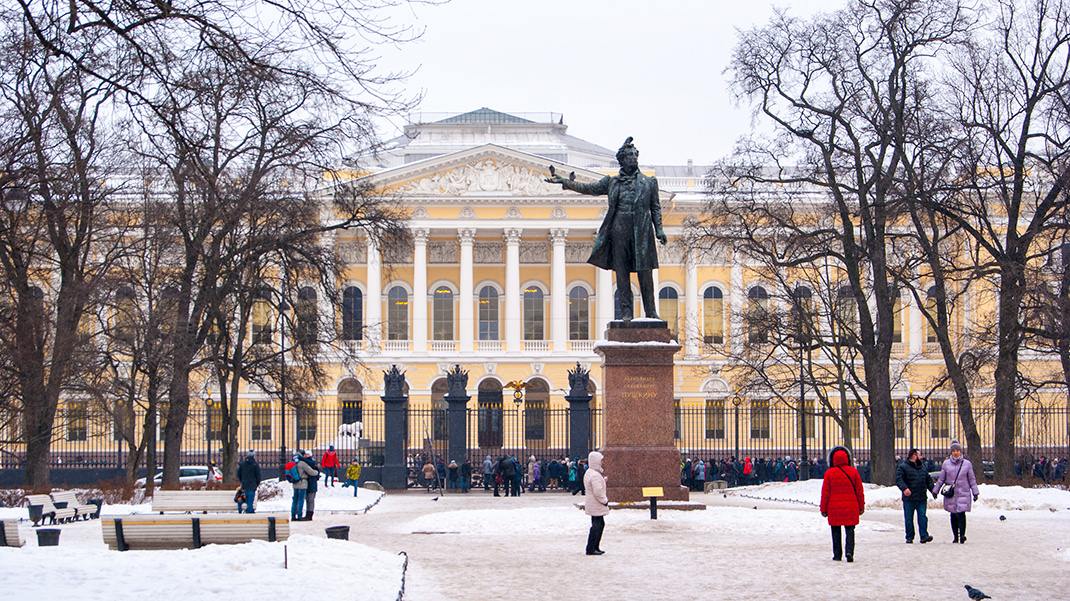
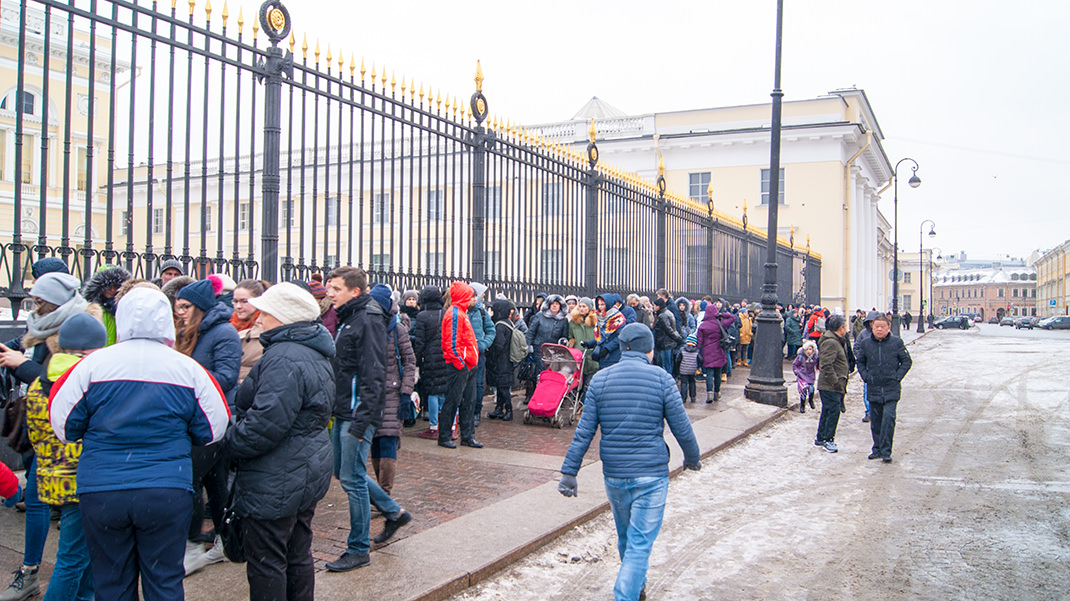
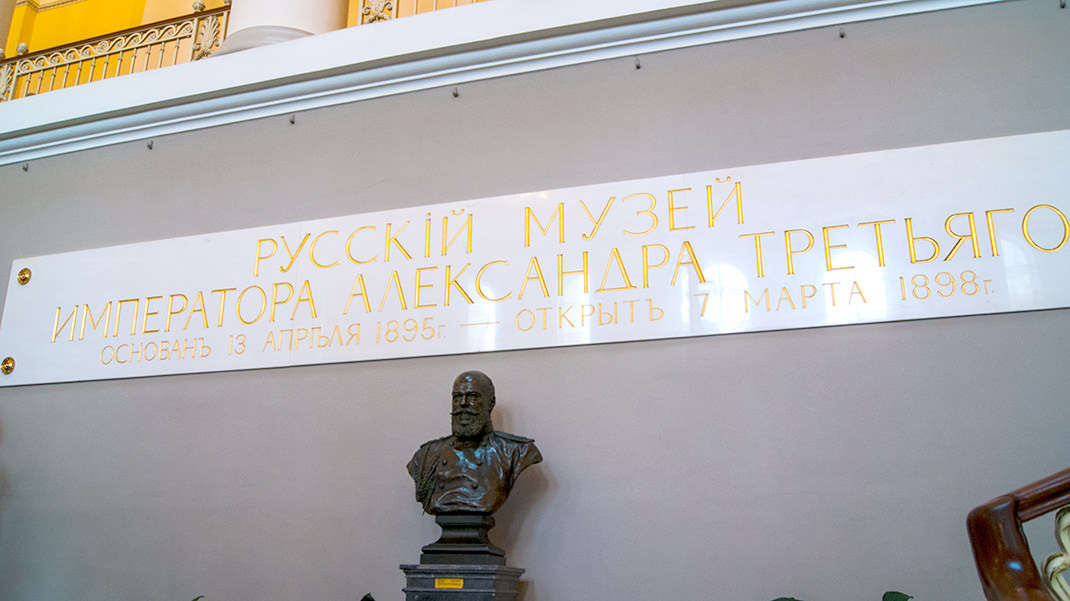
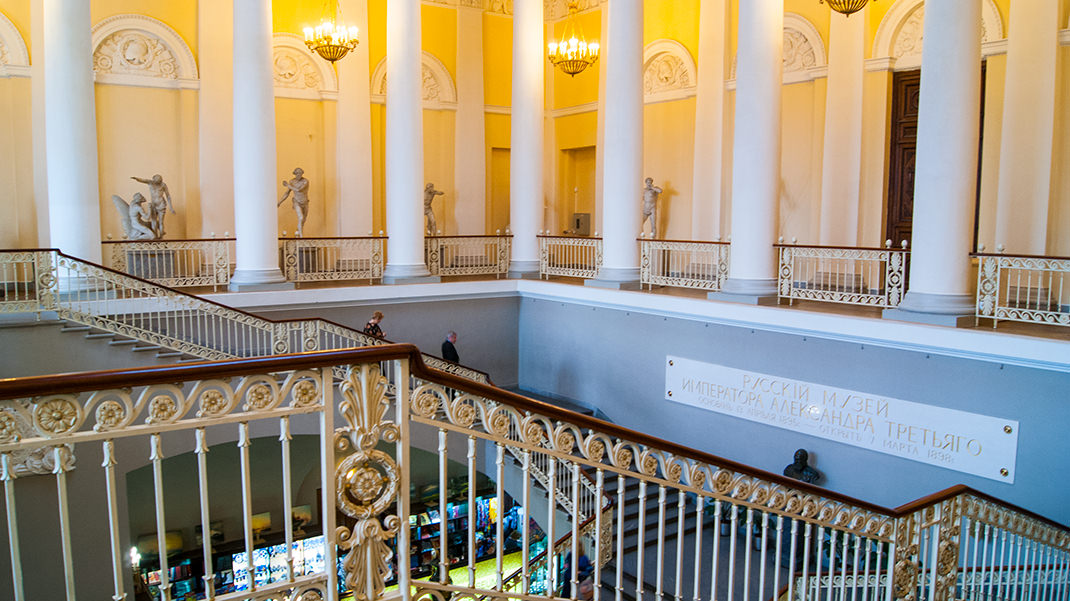
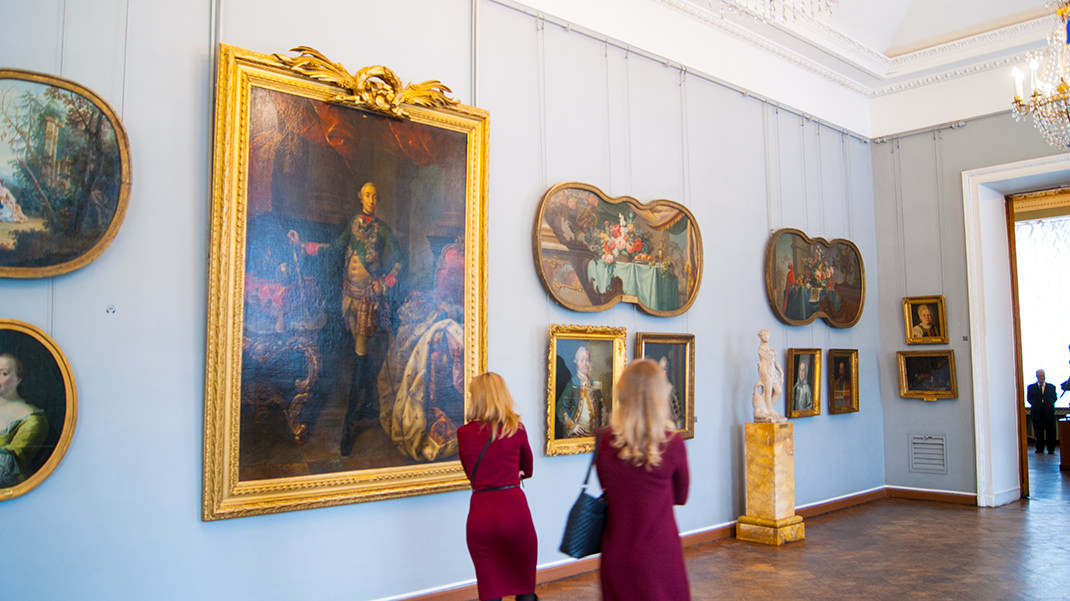
How to Get There
The easiest way to reach the Russian Museum is by metro. Take the metro to Nevsky Prospekt station, then walk along Mikhailovskaya Street, cross Italian Street, and pass through Arts Square.
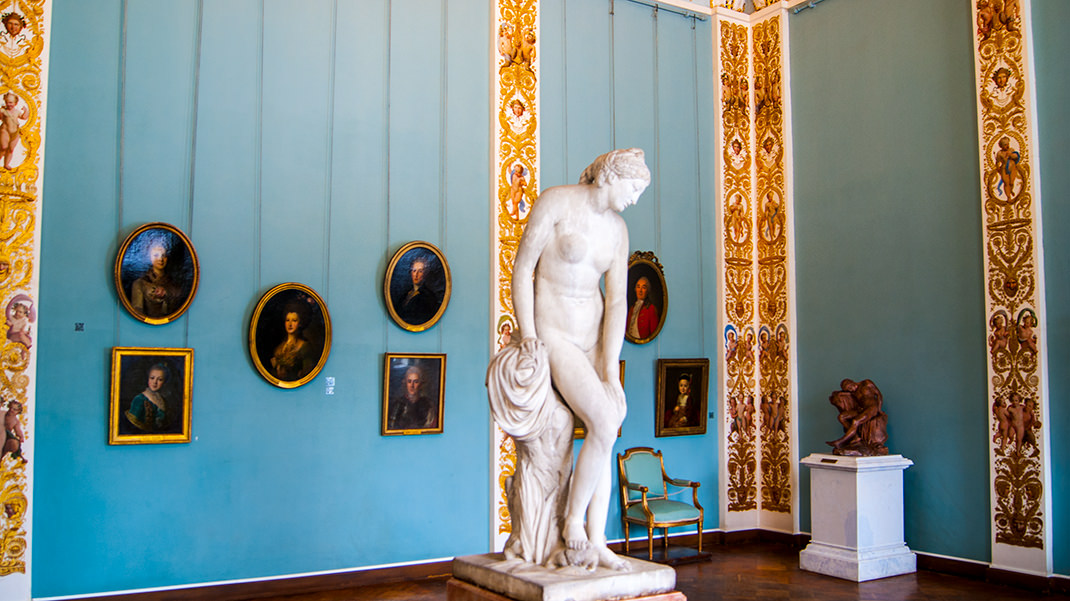
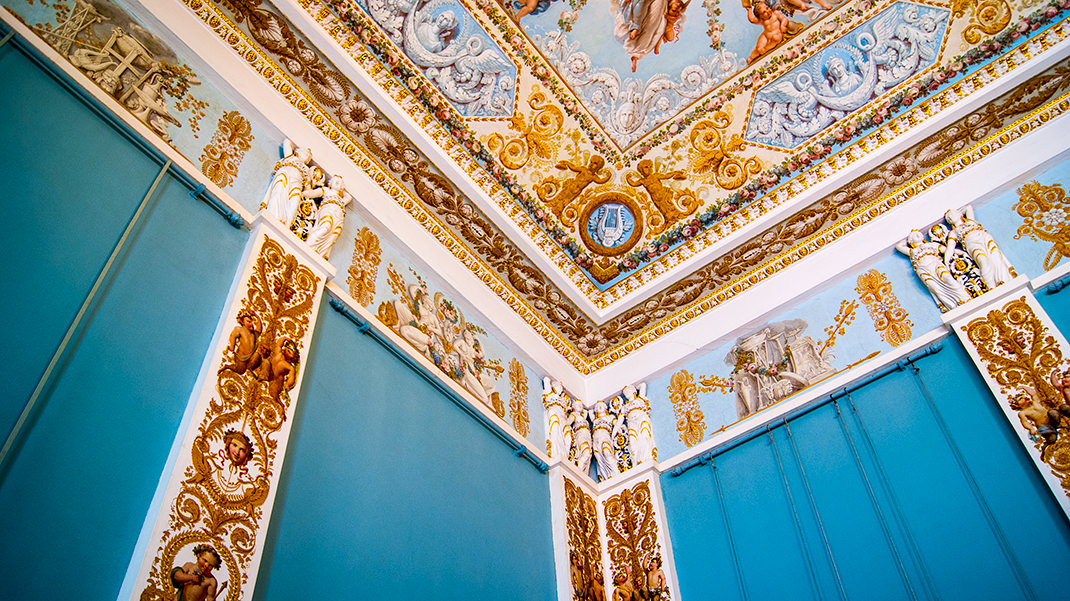
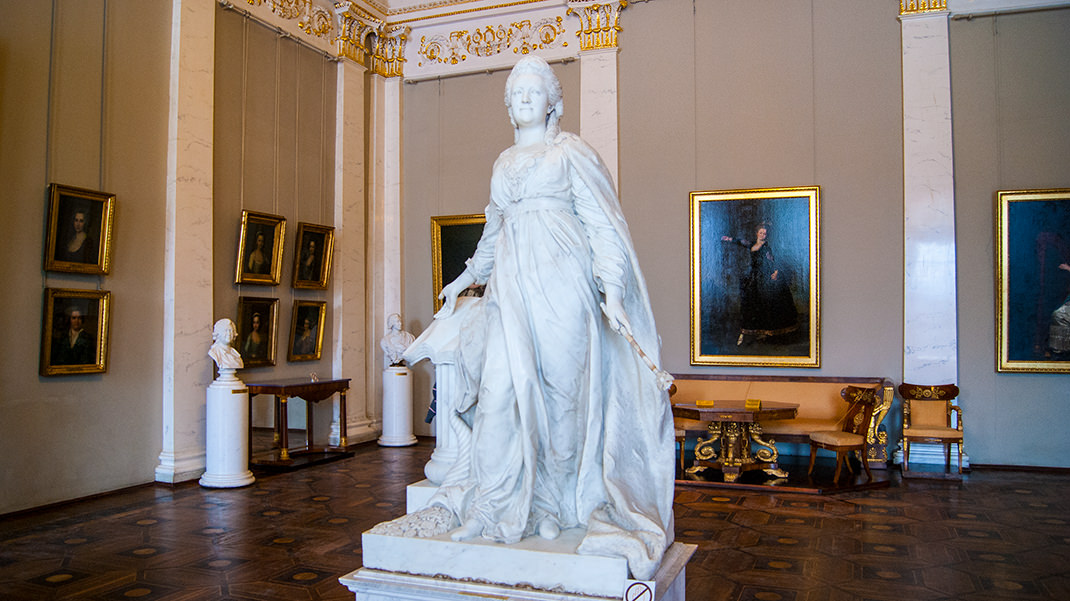
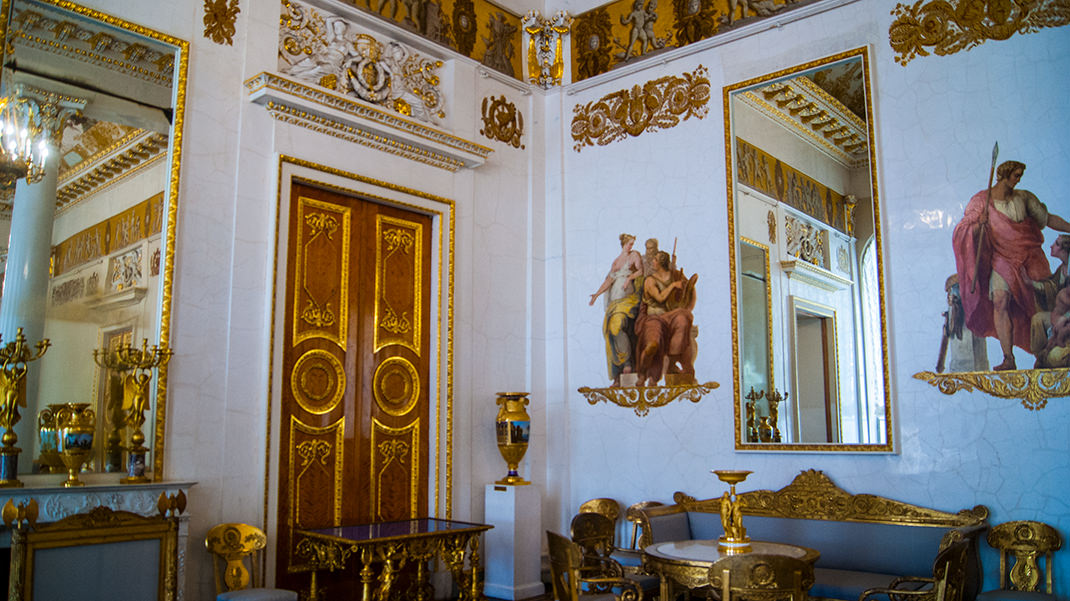

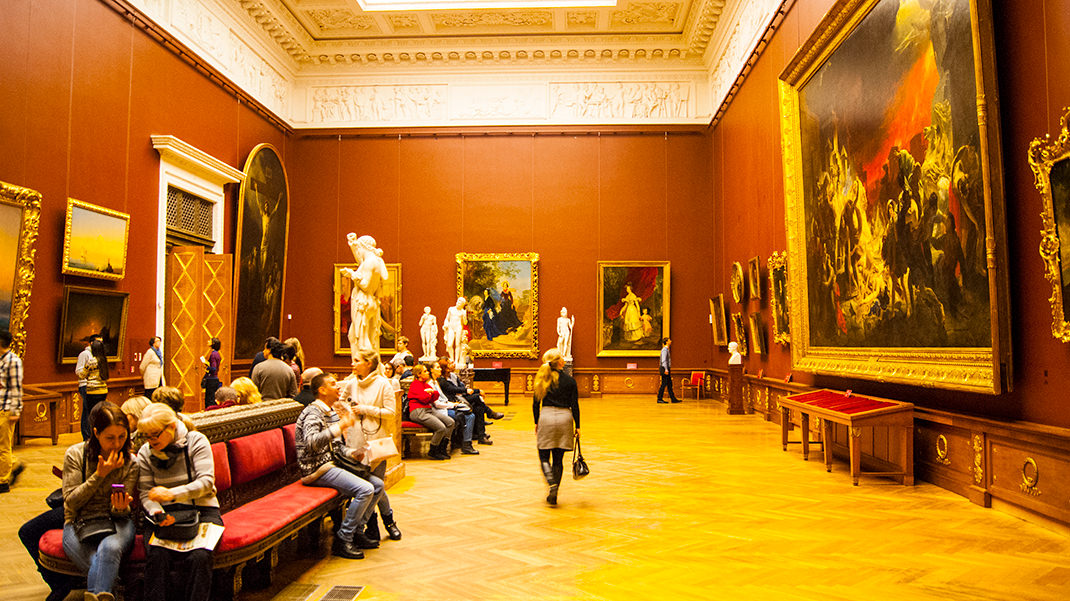
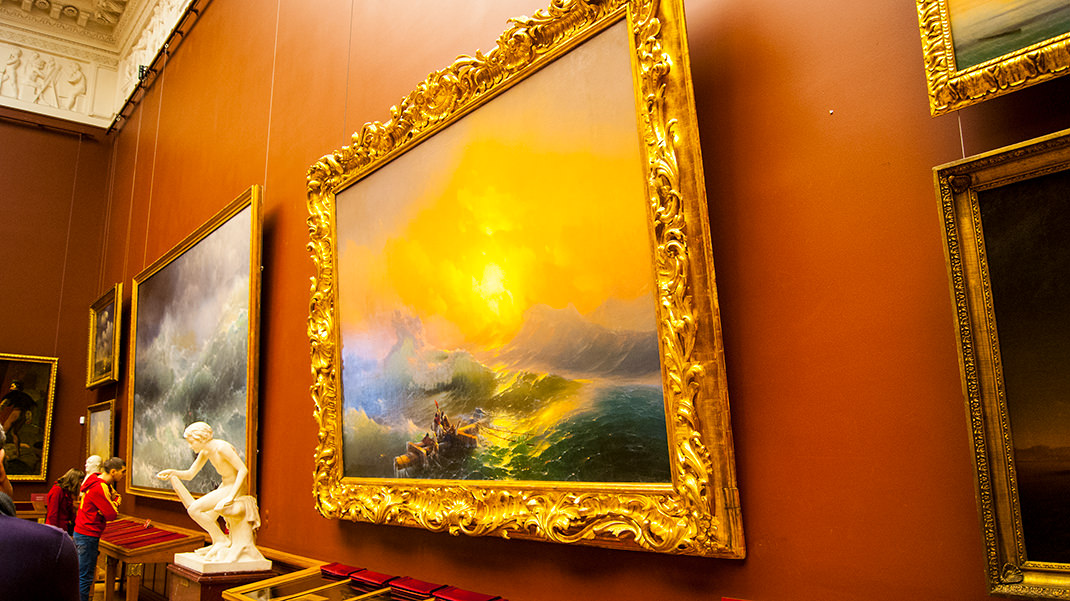
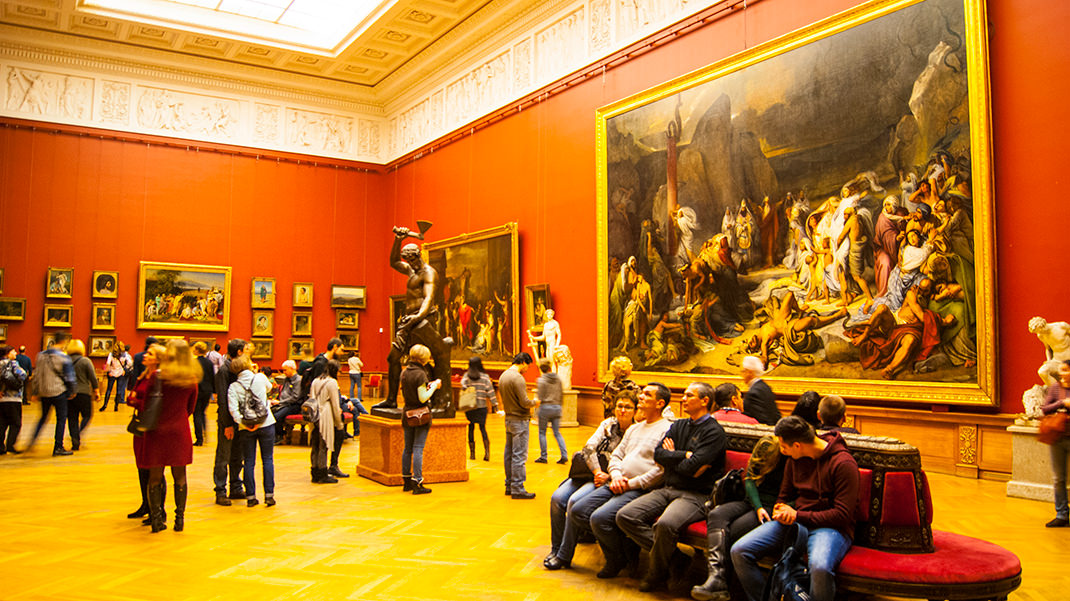
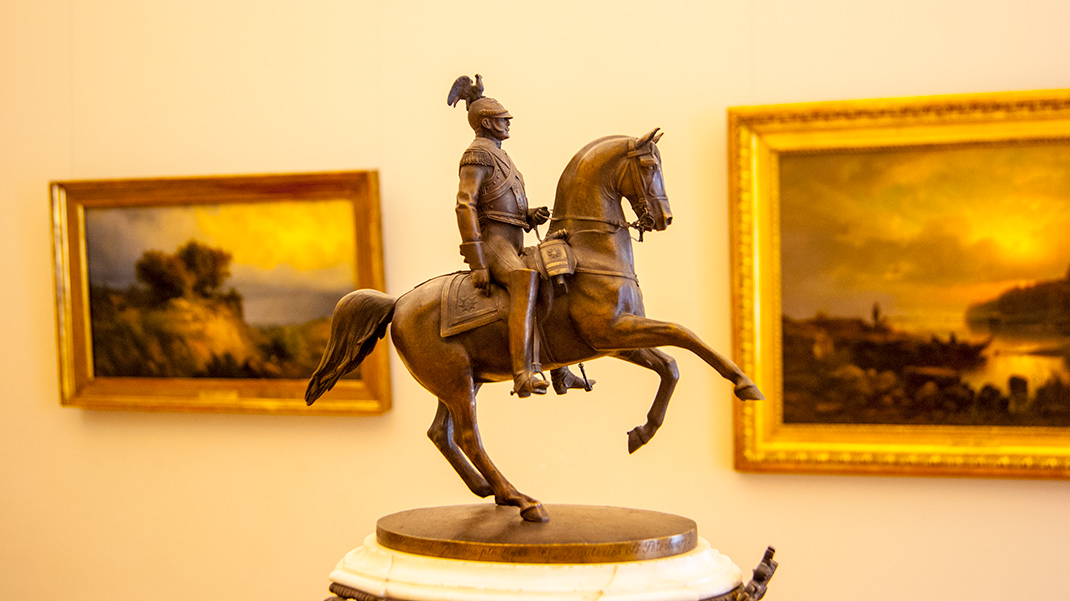
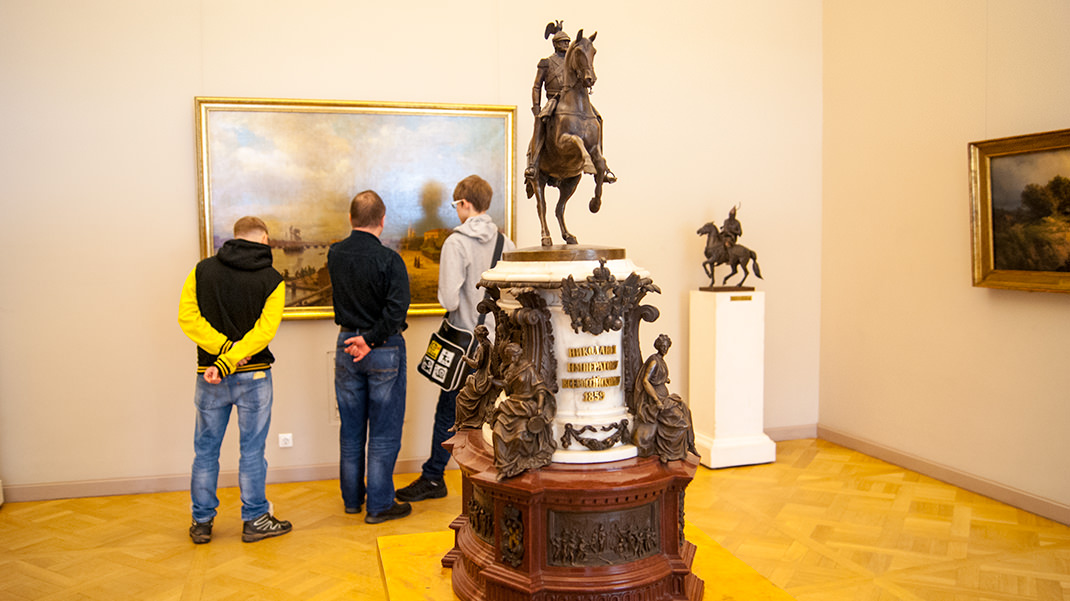
The museum's collections can be divided into several periods:
Ancient Russian art: includes icons from the 12th to 15th centuries, featuring works by famous artists such as Andrei Rublev, Dionisy, and Semyon Ushakov.
17th to the first half of the 19th centuries: the most comprehensive collection, featuring artists like Karl Bryullov, Fyodor Bruni, and Carlo Rastrelli.
Second half of the 19th century: includes works by Ivan Aivazovsky, Ivan Shishkin, Ilya Repin, Vasily Surikov, Victor Vasnetsov, and others.
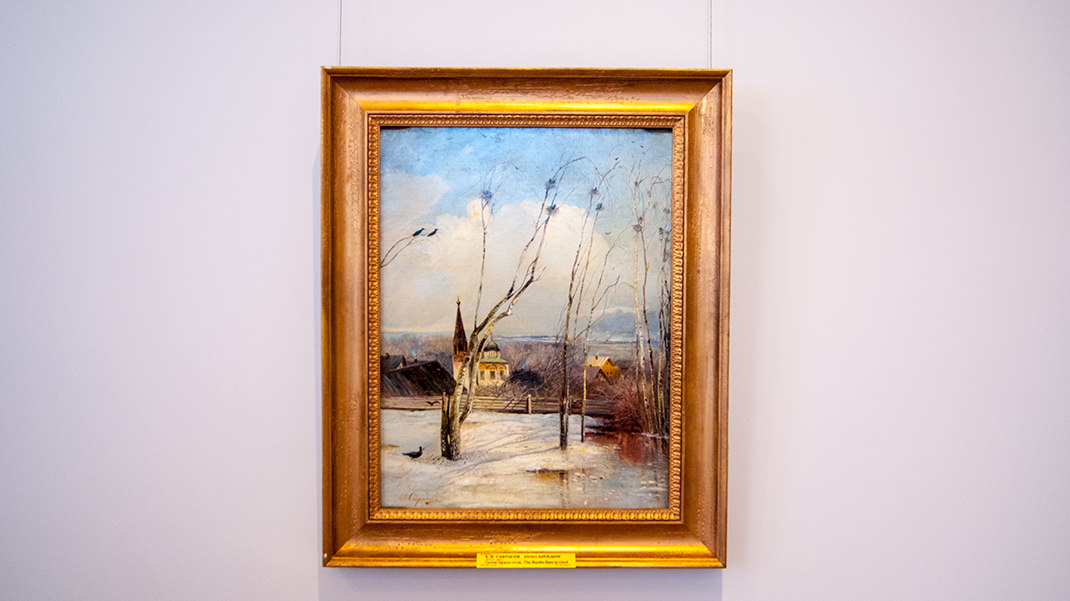
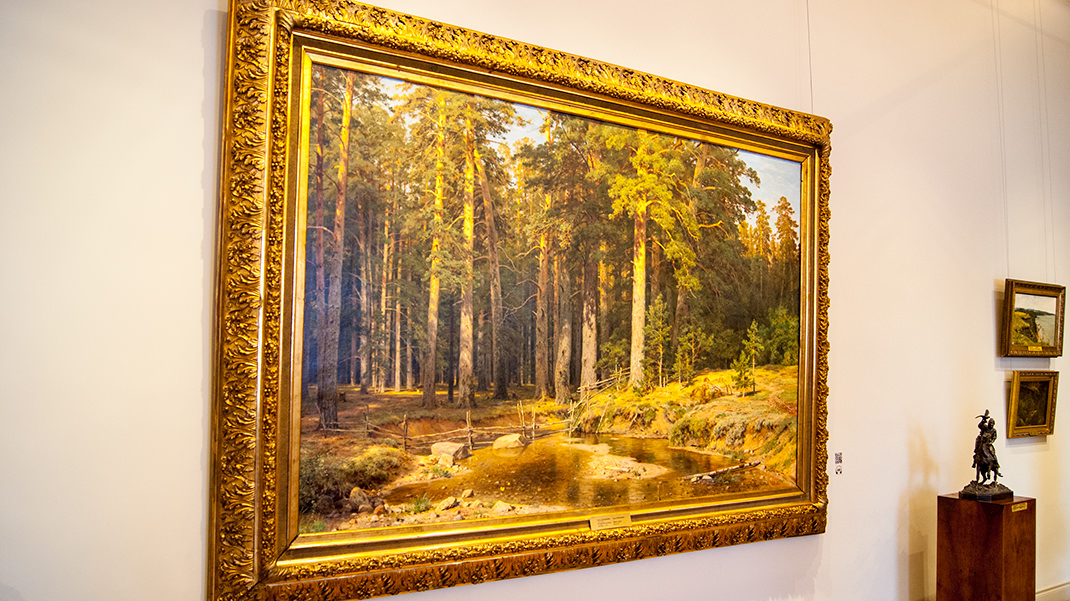
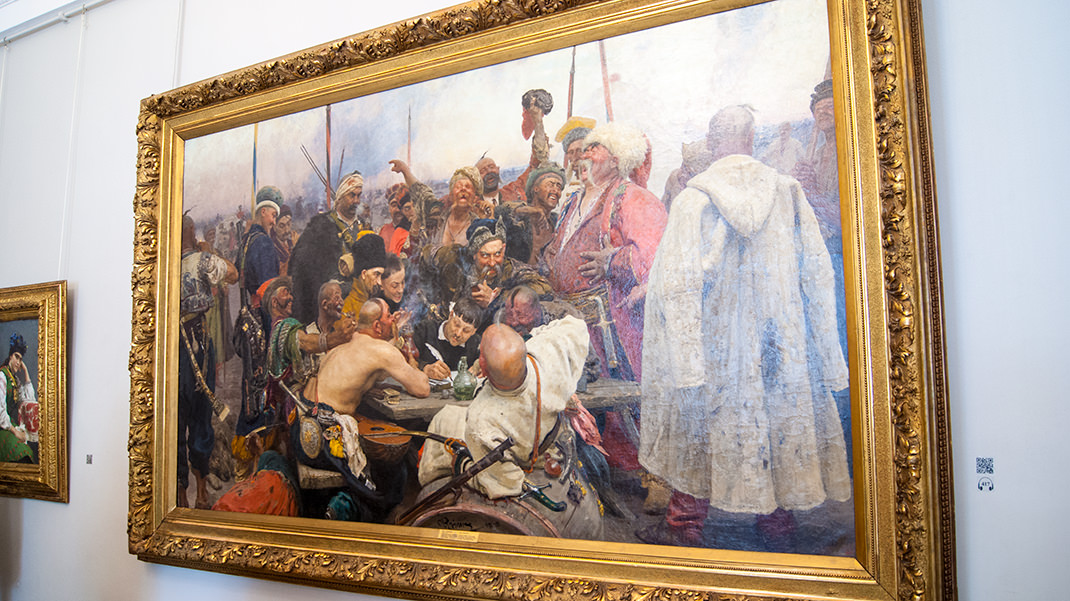
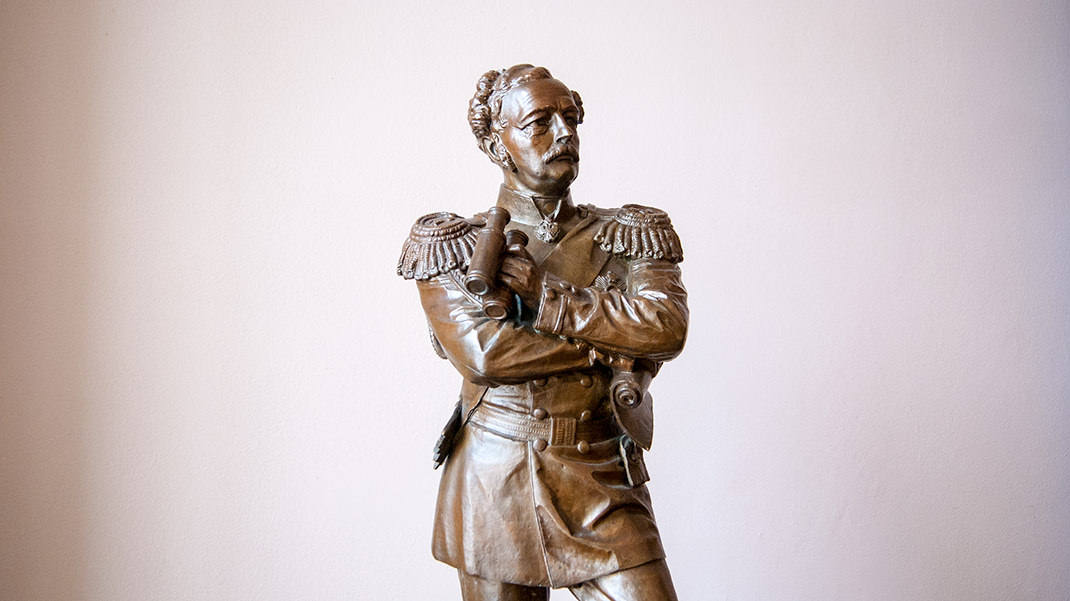

Late 19th to early 20th century: exhibits works by Valentin Serov, Kuzma Petrov-Vodkin, Boris Kustodiev, Kazimir Malevich, Wassily Kandinsky, and other artists.
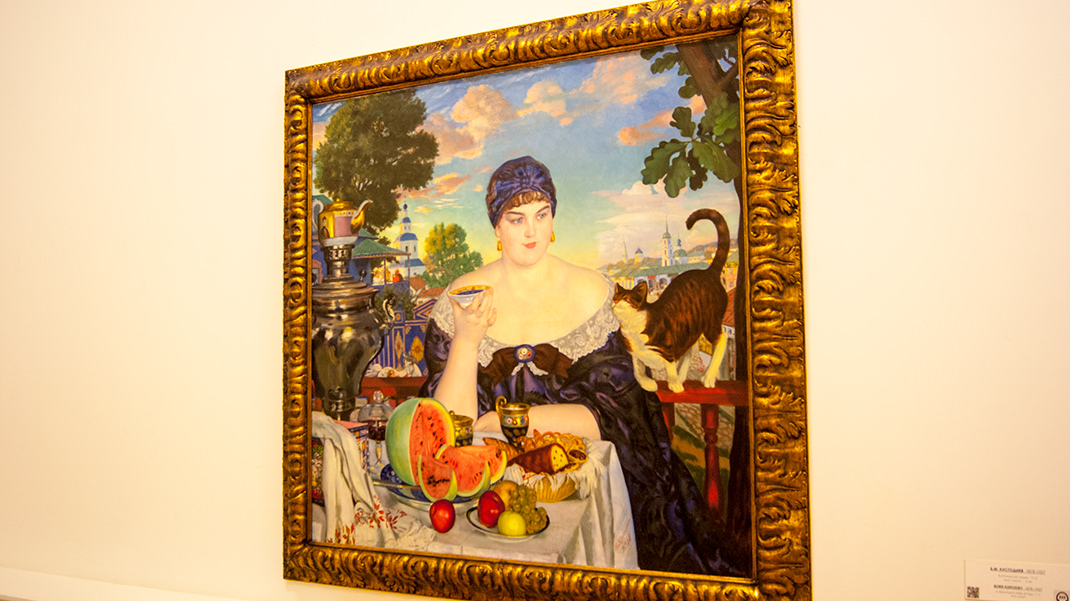
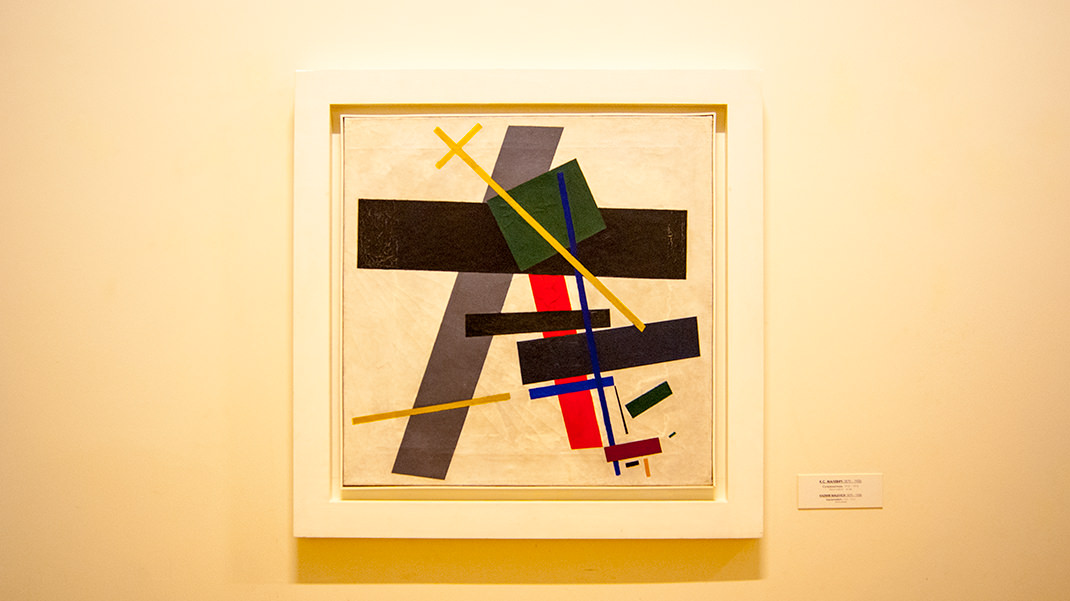
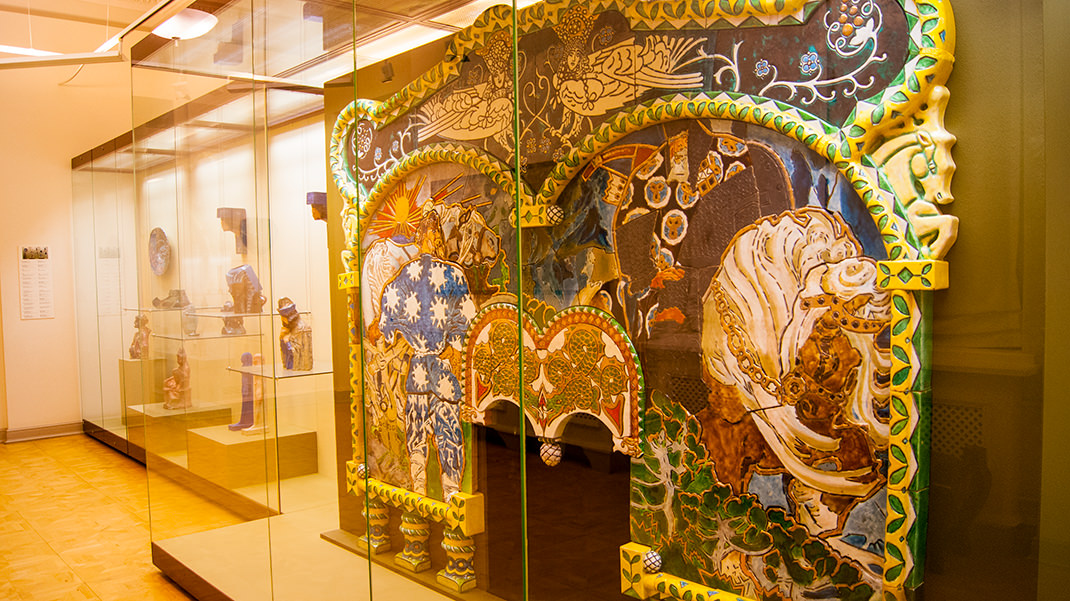
Soviet art: represented by works of Alexander Deyneka, Vera Mukhina, and others.
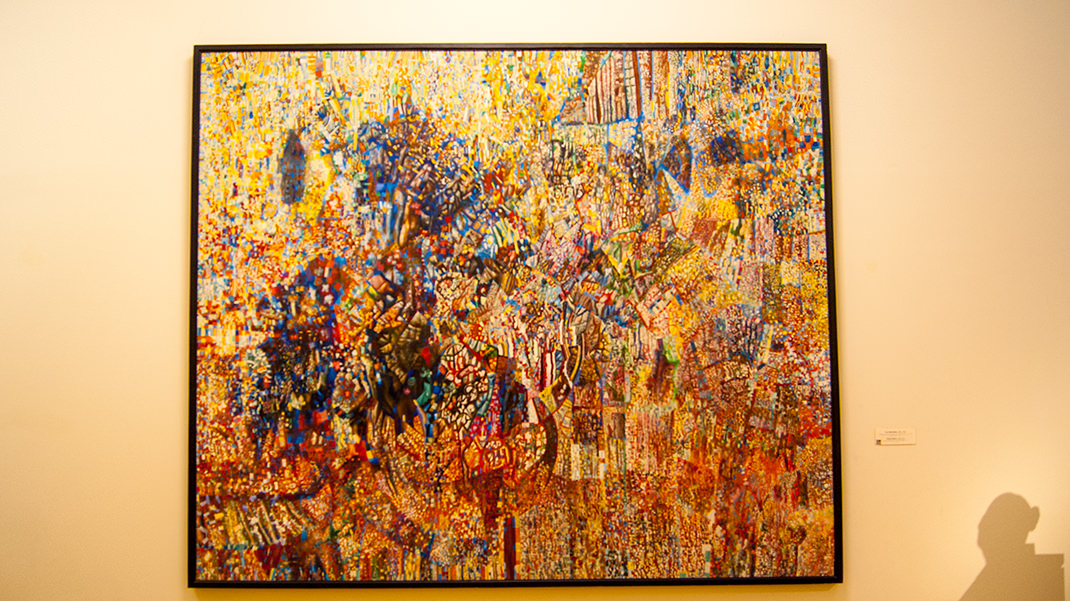
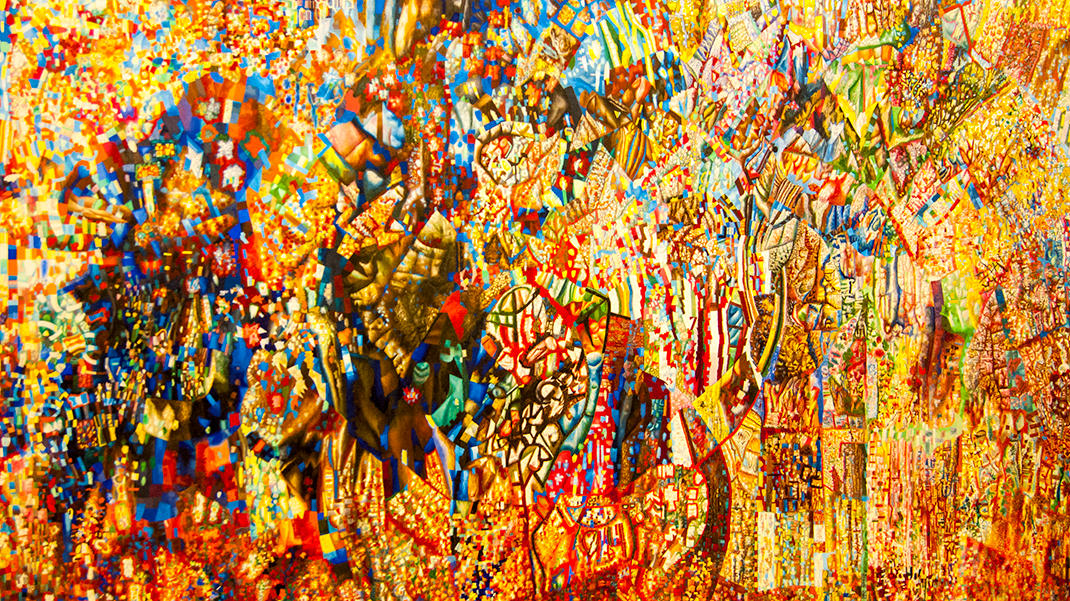
In summary:
- Plan a whole day for your visit to the Russian Museum;
- Check for less crowded days to visit;
- Make sure to bring a camera with you.


